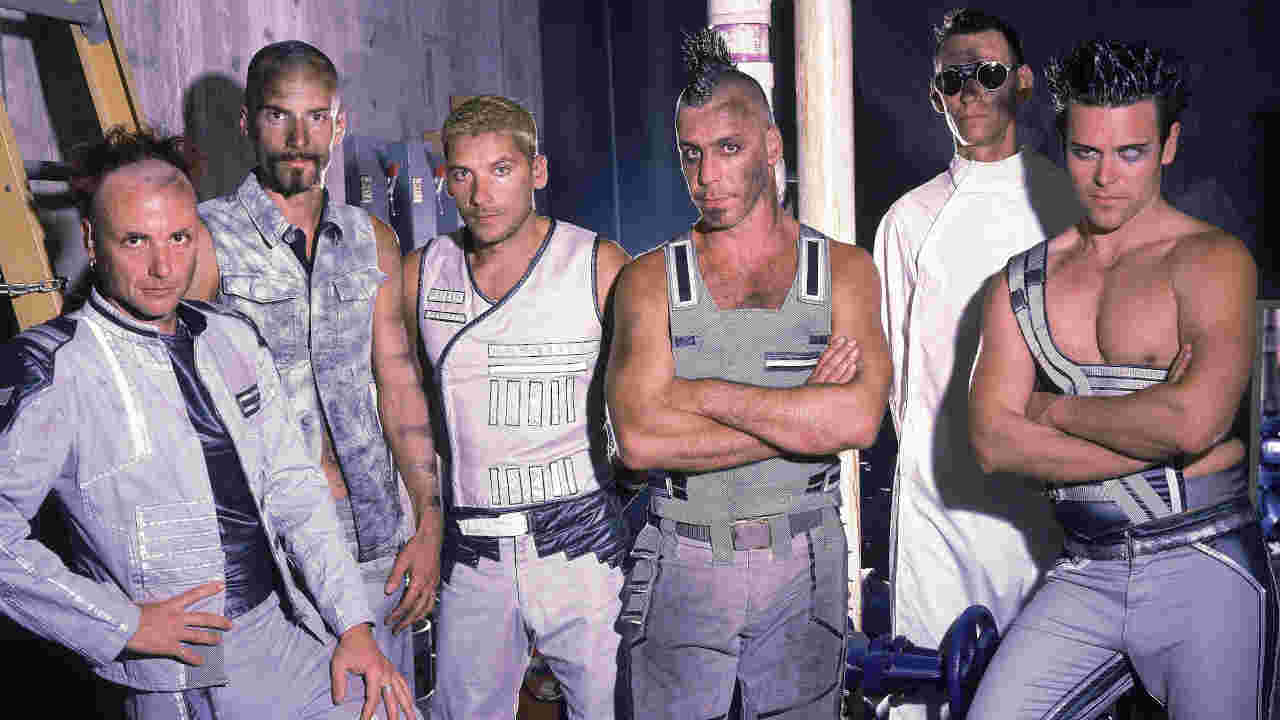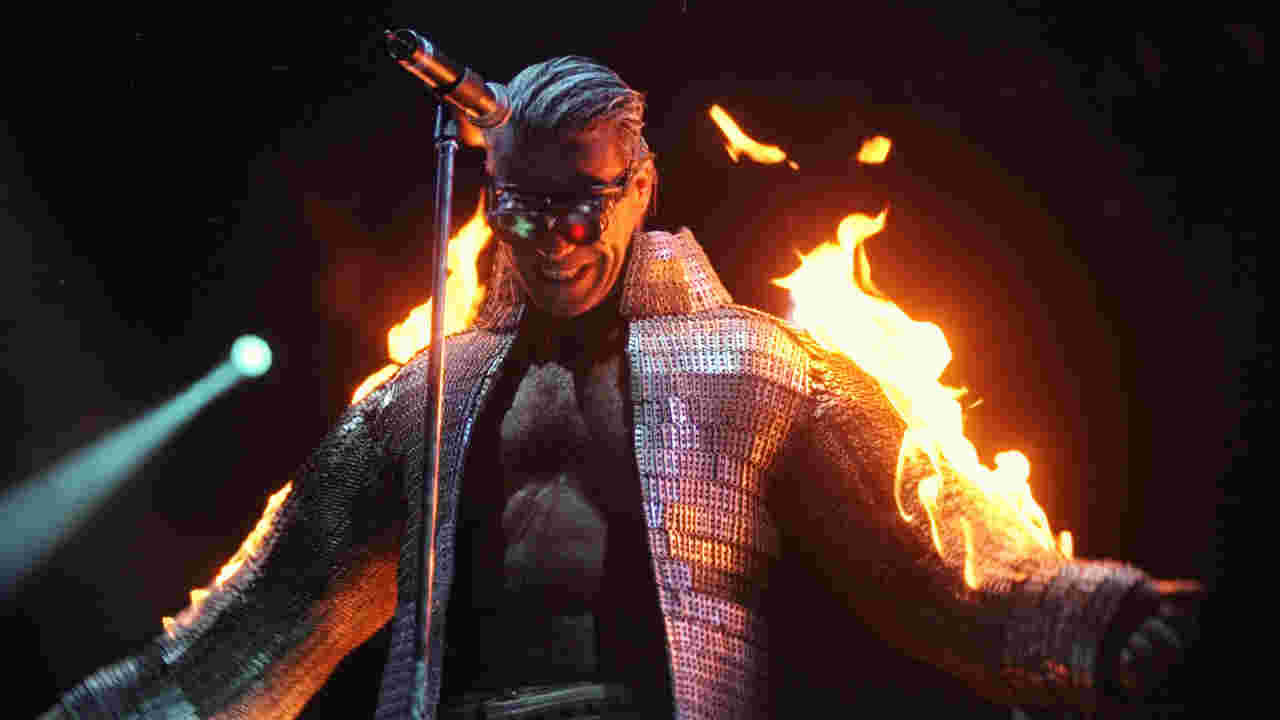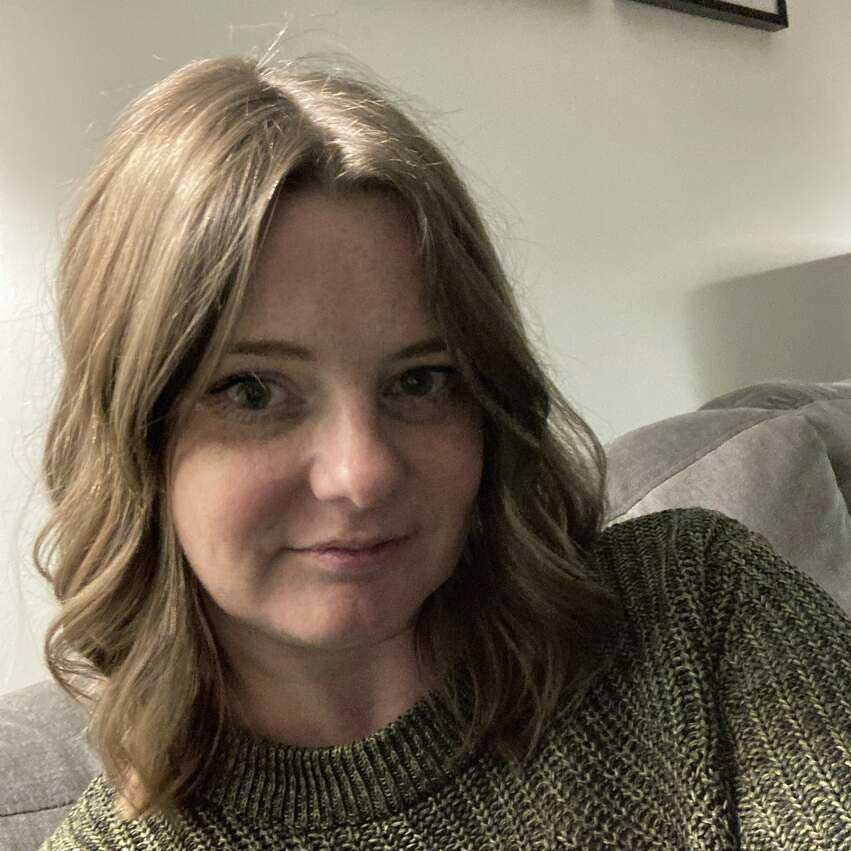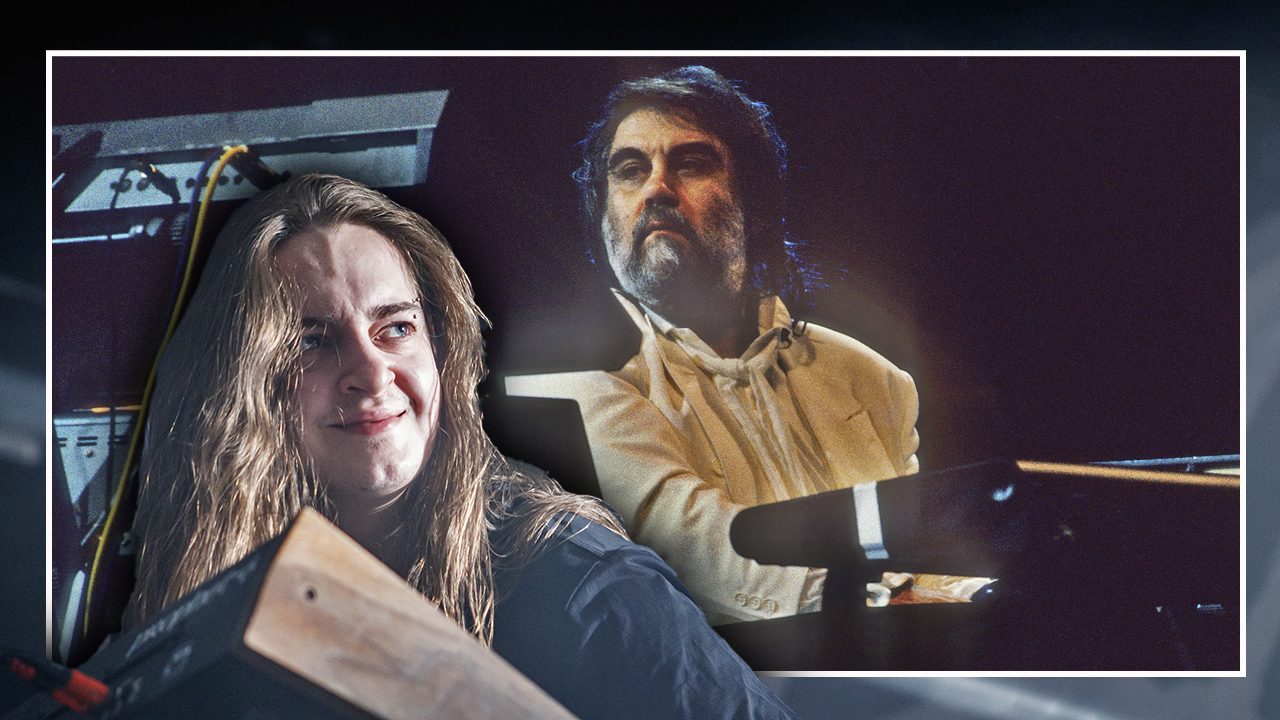“Amerika ist wunderbar!”: how Rammstein conquered the USA
Only a fool would have put money on a bunch of German industrial-metal perverts becoming one of the biggest bands in America. But this is how Rammstein did it

America’s love affair with Rammstein is an old-fashioned tale of opposites attracting. After all, when this close-knit gang from Communist East Germany arrived armed with uniquely aggressive songs sung entirely in their native tongue and a reputation for spectacular, explicit shows that literally set the stage – and their frontman – on fire, there was little to suggest the largely English-speaking, socially conservative population would welcome them. And yet their rise in the US was meteoric.
Less than a decade after the fall of the Berlin Wall, in September 1997, the band landed in New York for showcases at the CMJ music industry conference. Already successful in their homeland and across Europe, and having released second album Sehnsucht a month earlier, here they were starting again from scratch. The shows were attended by Wayne Pighini of London Records, who would later release Sehnsucht as their US debut, but his first experience of the full production would have to wait until a concert in Las Vegas that December, when they were touring in support of German industrial band KMFDM.
- The Story Behind The Song: Rammstein's Du Hast
- Rammstein’s Deutschland: the song and video explained
- The 7 most controversial Rammstein videos
- The 10 Best Industrial Metal Albums
“I remember walking out of the venue that night and thinking, ‘Wow, this is really something special’,” he says. “Till took out the flamethrower and started blowing flame 20 feet over the crowd’s heads, and the crowd was going crazy. I’d never seen anything like this, and I just remember getting on the plane home and thinking, ‘I don’t know what is going to happen here, but this band has really got something unique going.’”
Respected US publicist Steve Martin first became aware of Rammstein when acts on his roster including Dave Grohl and the Beastie Boys returned from European festivals raving about them, so he flew to Vienna to see them, and was bowled over by their dangerous take on performance art.
“I was utterly dumbfounded,” he recalls. “Kiss was the very first concert that I saw when I was a kid, but this was something beyond that. Kiss was cartoonish, Rammstein is more on the scary side. Seeing them that first night, everything threw me off balance. The theatrics just seemed more serious and authentic. I walked out of there saying, ‘This may take a while but it’s going to translate to America.’ I knew it would work.”

With Sehnsucht imminently due out in the US, Wayne contacted his friend Michael Arfin, a New York-based booking agent he’d met in college. On the excellent documentary Rammstein In Amerika, Michael admitted to having reservations about the band (“My initial instinct was this would never, ever work in America”), but Wayne convinced the label bosses to fly him to the west coast to see their LA date at the Palladium.
“That show was pretty crazy,” Wayne says. “Halfway through he turned to me and said, ‘Dude, I’m in.’”
Sign up below to get the latest from Metal Hammer, plus exclusive special offers, direct to your inbox!
The live extravaganza, he says, was key to their appeal to the US market. In the land of supersizing, a band willing to go so far over the top every night had a head start.
“With them it’s the whole package,” he says. “The fire’s just part of it. It’s the costumes, the lighting, and they are so tight musically. It all works perfectly. Everybody sees flames shooting up to the sky and you can feel the heat on your face, and it’s crazy, but it wouldn’t work if the music and the lights and everything didn’t fit with the fire. And they also have Till, who’s this massive, hulking man. He’s strong and imposing, and he commands the stage. He’s maybe the best frontman I’ve ever seen. They suck you in with the antics and the pyro, but once you start to really look at it, you realise there’s a lot more going on.”
Frontman Till Lindemann is indeed a beast of a figure, his massive frame and booming, militaristic vocal style contrasting with some of the more camp elements of the stage show (usually involving some kind of staged abuse of keyboardist Christian ‘Flake’ Lorenz) in a manner that makes him seem all the more imposing. Offstage, though, Wayne’s first impression of the band was one of thoughtful professionalism.
“They were very soft spoken,” he remembers. “Till has always been incredibly respectful, pleasant to deal with. He certainly likes to have a good time but if you’re talking to him, he will always be super-polite and cool. Every one of them was always that way with me. They’ve never been disrespectful or difficult.”
“They were really a close-knit group, like a family,” adds Steve. “I noticed it was all about the bond between the six of them. They were all on the same wavelength, and meeting them that first night helped me understand, this is why they made this work, this improbable musical style and really dangerous live show. But they had a really warm family vibe, just mature adult guys. I just could tell when I first met them that these guys had come from nothing and they don’t take anything for granted.”
After the release of Sehnsucht the band toured like demons, first with KMFDM, then as headliners, and eventually as part of Korn’s Family Values tour. But they scored another ace, soon after the album came out, when MTV ran with the video for Du hast.
“That was pretty huge,” says Steve. “When I’d go to get a cup of coffee with one of them, people in cars would be sticking their head out the window going ‘Rammstein! Du hast!’ They didn’t fit with anything that was on MTV at the time and I think that was to their advantage. Sticking out like a sore thumb between a No Doubt video and a TLC video, that’s going to pique anyone’s interest. I just imagine if I had seen that when I was 15 years old there’s no way I would be able to look away from that screen.”
With nu metal on the rise, opening doors for heavy bands of all stripes, and the reputation of Rammstein’s colossal live show spreading like, well, wildfire, America was hooked. Sehnsucht eventually went platinum on the Billboard chart, unheard of for a German-language act.
“It’s theatre, it’s opera, you can go and watch it and not understand a word of it and yet you can still figure out what’s going on,” says Wayne. “When we started working with the band in the States, that was always the question: how is this going to translate in America? How would this connect with someone emotionally when you can’t understand what’s being said? We actually did cut Du hast and one other song in English, and it just doesn’t work. It sounded so weird and out of place, so we scrapped it. It’s amazing how that language barrier can be broken down.”
“The translation was too literal and it lost all the emotional impact of the original lyrics,” adds Steve. “In the same way that when I watch a foreign film, I want to watch it with subtitles, I don’t want to watch it dubbed.”
In October 1998, guitarist Richard Z. Kruspe told Hammer scribe Ian Fortnam of his own satisfaction that American audiences took the band so firmly to their bosom. “It was an absolute smashing surprise for us,” he said. “Because you go to another country and you’re singing in a foreign language and they still like what you do, that’s amazing. Before we came here everybody back in Germany told us: ‘You won’t make it, because that’s a thing that nobody can do.’ But we always believed we could achieve it because we strongly believe in what we do and that we can get our message across.”

The band weren’t a completely unknown quantity on their arrival in the US, having been personally picked by director David Lynch to soundtrack a scene in his 1997 neo-noir film Lost Highway. “If a director like that gives the band a seal of approval, that lends a lot of credibility to it for people,” says Wayne.
But it was only after touring that the wider population started to notice them, and inevitably, the moralists started to get twitchy. Aside from local fire marshalls forbidding them to use their pyro in Chicago, they faced a small but vocal group of critics for whom Rammstein’s onstage persona was too much.
“A couple of times in the States, in Denver and in the Mormon states, in Chicago, a couple of cities, there were like little demonstrations,” Till Lindemann told Rolling Stone in 2015. “Church people. A demonstration with big signs in the air and, ‘Go home, Nazis’ and stuff like this. It was Christian and religion groups, but they’re always there. For Slipknot and Manson, they’re always there. It’s like a weekend procedure for them. People go to picnic and they go to make a demonstration [laughs]. It’s like, ‘Some rude guy is playing here tonight.’”
“I remember we had to put out a statement when they found some of their music in the collection of the kids who perpetrated the Columbine shooting,” adds Steve. “We just had to put out a statement saying that the band did not condone violence, and they were shattered to hear that people had been killed. But I don’t think they have a public enemy number one standing. I don’t think they’re seen as anything negative.”
Things came to a head – if you’ll pardon the expression – in Worcester, Massachusetts, on September 23, 1998. They were on the Family Values tour when Till and Flake were hauled off to jail for the night, charged with lewd and lascivious behaviour after simulating sex during Bück dich, using a prosthetic penis that squirted liquid over the crowd.
“If I have an artistic interpretation of something, it’s my interpretation of that thing, which I don’t find bad at all,” Till said in Rammstein In Amerika. “I mean, if I get out a plastic dildo and squirt some milk around, I don’t expect to be locked up because of it. That this actually happens, that such a thing exists, such narrow-mindedness, you have to get your head around that first.”
“I admire their conviction that they were going to do their show the way they were going to do it, and let the consequences be what they were,” says Steve. “They wouldn’t compromise. One of my first impressions of them was how sincere and intense they were. They were focused and passionate, and I can see how people of that level of belief in their own art would say, ‘I’d rather go to jail than tone down my show.’”
This uncompromising stance was part of the reason Rammstein were so successful in conquering the nu metal crowd on the Family Values tour, despite having very little in common with the scene. Conceived by Korn, the tour also featured Limp Bizkit and Ice Cube.
“I don’t think the audience knew what hit them over the head,” Korn guitarist Munky said in Rammstein In Amerika.
Orgy were the opening band on this traveling nu metal circus, and frontman Jay Gordon remembers Rammstein taking them under their wing.
“I can’t say enough good things about Till, he’s amazing,” he says. “Every guy in the band was a really good dude, and they taught me how to say bad words in German. We made 20 bucks a week and we had, like, a Happy Meal on our rider. But Rammstein had cooks, and they would make us food, European cuisine we had never eaten. They also taught me how to party like a rock star. I would walk in their dressing room, and a Heineken bottle would go at 120mph past my head. One time it cost us $27,000. We were at the Philadelphia 76ers Arena, and the dressing room they had was the visiting team’s locker room, so we pushed over all the lockers over, put axes in the ceiling, fire extinguishers everywhere, and we created some havoc. And I don’t mean just once or twice, we did the whole place.”
Steve Martin takes a more business- like view of the tour. “That was when I first noticed that this thing was a juggernaut,” he says. “People were actually showing up wearing Rammstein T-shirts. I’m not sure the role it played in taking them to any next level but seeing them perform in that situation reaffirmed that they were going to be headlining these places.”
America had been well and truly broken. And then, just as suddenly as they’d arrived, they disappeared. The follow-up to Sehnsucht, Mutter, was released in 2001 to critical acclaim and commercial success, but they soon stopped playing the States. Almost a decade later, they elected to return in spectacular fashion at a sold-out Madison Square Garden in Manhattan on December 11, 2010, with a tour to follow. “That,” says Steve, “was a real ‘told-you-so’ moment.”
For most bands, abandoning the US to concentrate on Europe would have ended them in North America. But Rammstein aren’t most bands, and while they were gone, YouTube arrived. A whole new generation was able to witness the videos and incomparable live shows, and they longed to experience it themselves.
“Rammstein are one of those bands that have managed to get bigger and more successful by not being in the public eye,” says Wayne. “Some bands, if they don’t stay in the public eye they are forgotten about, but then there are some bands, the longer they are gone the more demand is created. That’s what is amazing about Rammstein, the mystique that they’ve created for themselves.”
Emma has been writing about music for 25 years, and is a regular contributor to Classic Rock, Metal Hammer, Prog and Louder. During that time her words have also appeared in publications including Kerrang!, Melody Maker, Select, The Blues Magazine and many more. She is also a professional pedant and grammar nerd and has worked as a copy editor on everything from film titles through to high-end property magazines. In her spare time, when not at gigs, you’ll find her at her local stables hanging out with a bunch of extremely characterful horses.

